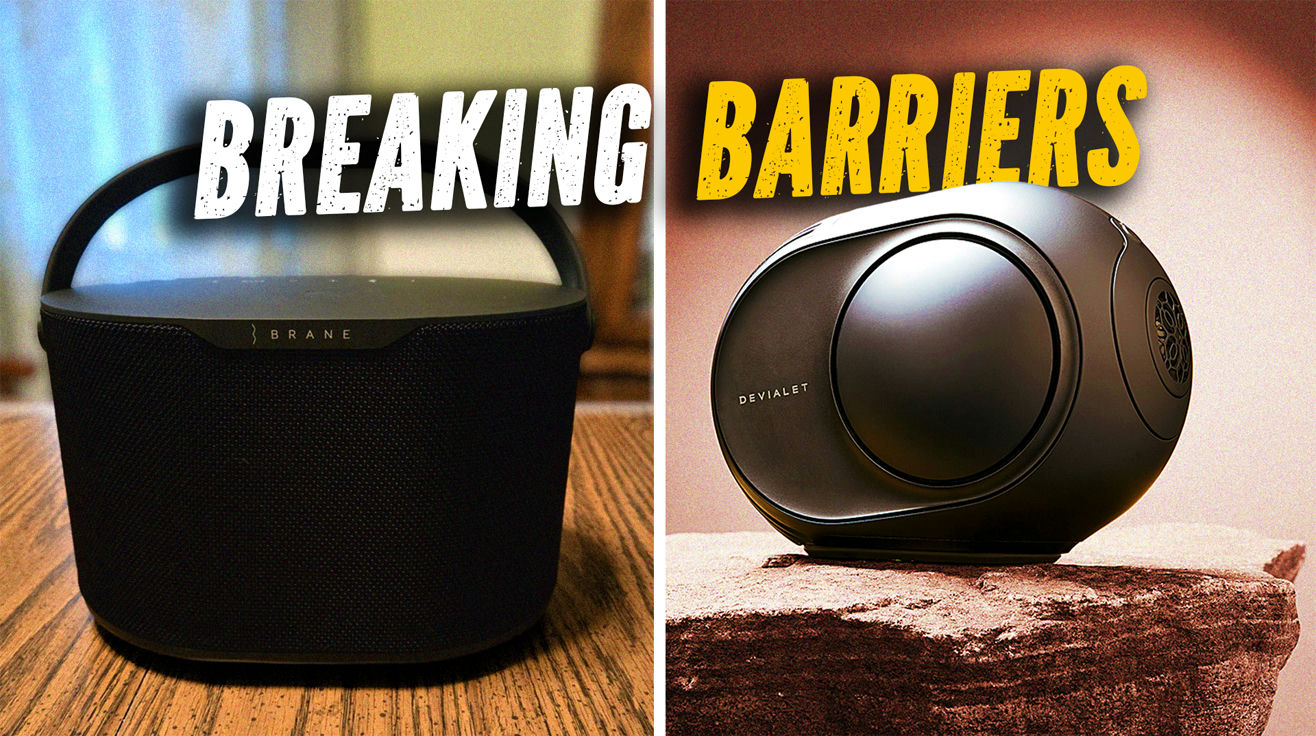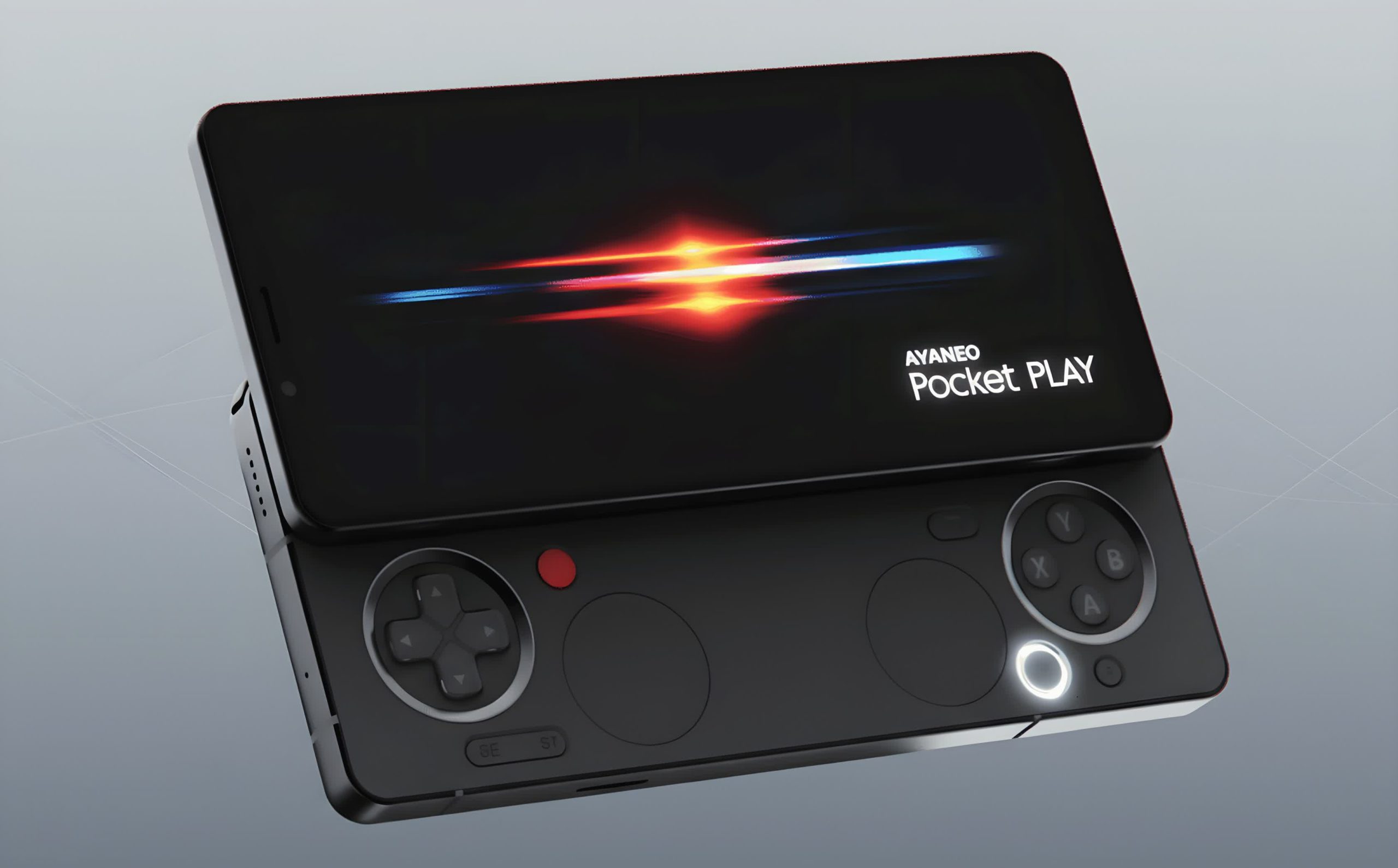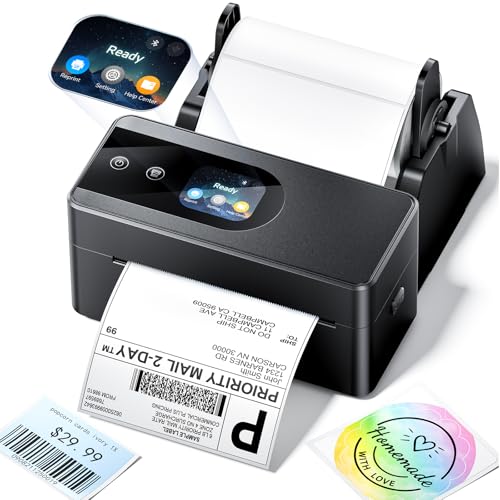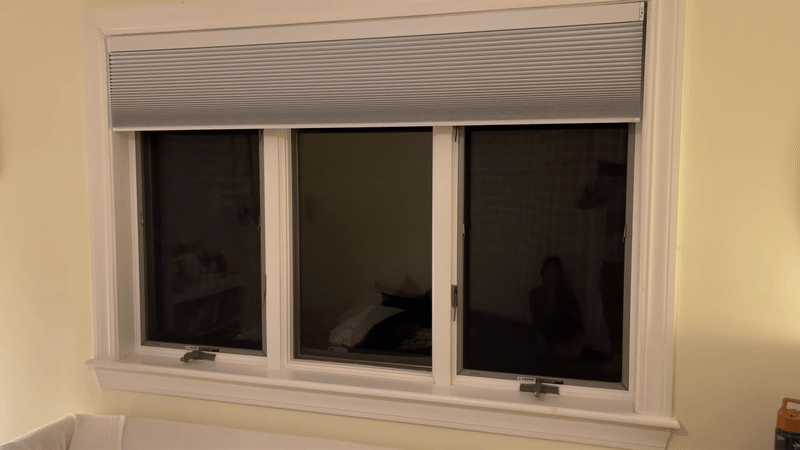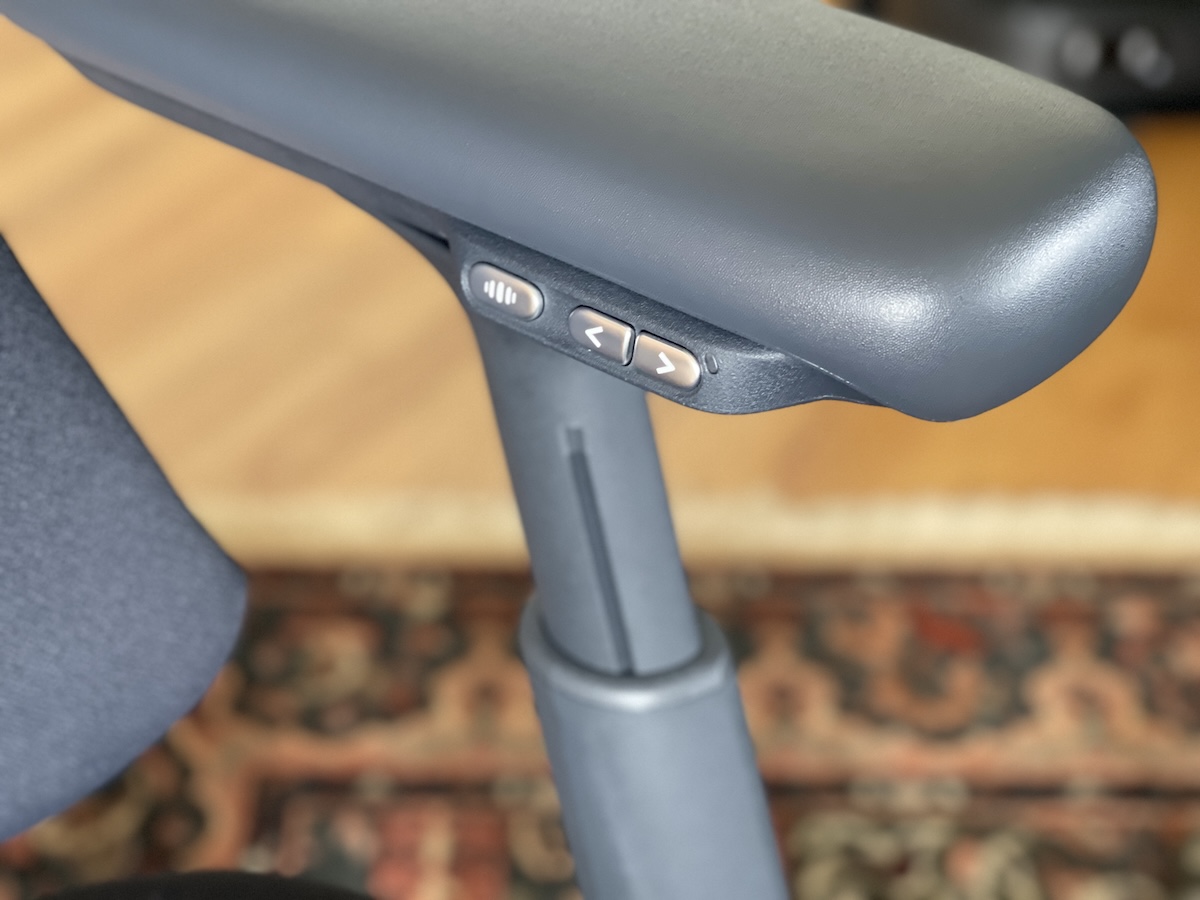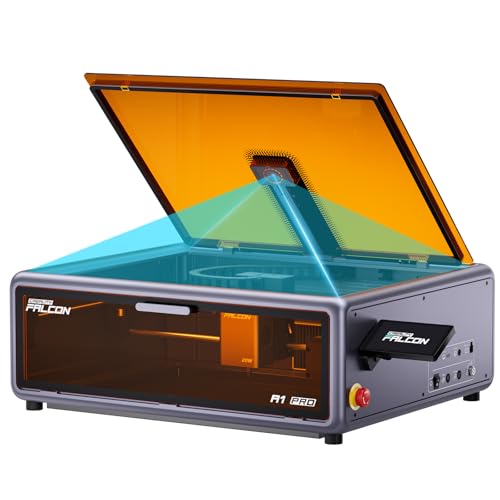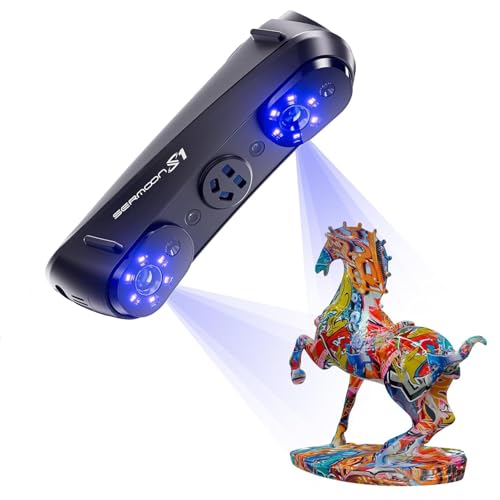Your speaker isn’t bad—it’s fighting physics and losing. The laws of acoustics set hard limits on what any speaker can achieve. Even the most expensive small speaker can’t match what a larger one does naturally. This isn’t marketing hype—it’s science that audio engineers have battled for decades.
New technology finally breaks these old rules.
15. Hoffman’s Iron Law: The Physics You Can’t Escape

Ever wonder why your portable speaker sounds thin compared to those tower speakers at your friend’s place? Blame physics, not poor engineering. Hoffman’s Iron Law is the speaker world’s version of “fast, cheap, good – pick two,” but for audio it’s: small size, deep bass, or high volume – choose wisely.
This isn’t just audio theory – it’s hard science. A typical 4-inch portable speaker struggles to reproduce anything below 80Hz without growing bigger or hungrier for power. Think of bass like a big wave at the beach – it needs space to form properly. Engineers make calculated trade-offs: bookshelf speakers sacrifice some rumble for living room friendliness, while those massive home theater subwoofers prioritize foundation-shaking lows over portability.
Carbon fiber advances have pushed these boundaries, but physics remains stubbornly unbeaten – just slightly more flexible.
14. Brane X: The Rule-Breaker

The Brane X isn’t just another Bluetooth speaker – it’s what happens when engineers refuse to accept “impossible.” Where most portable speakers wheeze trying to produce decent bass, the Brane X employs a magnetic negative spring system that’s straight out of a sci-fi movie. This clever bit of wizardry counteracts internal air pressure with 35 newtons of force, letting this compact speaker punch way above its weight class.
By pairing permanent magnets with electromagnets, the Brane X maintains precise control over its driver like a helicopter pilot in perfect hover. The result? Bass notes reaching down to 35Hz from a unit smaller than a basketball – performance that traditionally demanded speakers triple the size.
With 28 hours of battery life, it’s not just a useful gadget for your room, but a practical everyday companion. When friends ask “how is this tiny thing making THAT sound?” – you’ll just smile knowingly.
13. The Science of Acoustic Resonance

Acoustic resonance isn’t just audio jargon – it’s the secret sauce that makes or breaks your listening experience. When sound waves bounce around inside a speaker cabinet, they’re either working together like a well-rehearsed band or fighting like cats in a sack. Today’s manufacturers use simulation software so advanced it predicts acoustic behavior before anyone cuts a single piece of wood.
Engineers “tune” cabinets like master chefs adjusting recipes. Ported designs can boost bass by 6dB in specific ranges – that’s like doubling the perceived loudness in those frequencies. A properly tuned 5-inch woofer can now reach down to 45Hz, which would have required nearly twice the cabinet size in a sealed design.
Sure, there’s a slight increase in distortion outside the optimal range, but that’s the trade-off – like how those ultra-comfy running shoes aren’t great for basketball. Modern computational modeling means speaker builders can create ideal resonance profiles for specific genres, whether you’re blasting EDM or enjoying classical violin concertos.
12. Devialet Phantom II: Engineering Overkill (In the Best Way)

The Devialet Phantom II houses 981 components in its UFO-shaped body – a number that sounds made up until you realize these French engineers are absolutely serious about sound. Available in 95dB and 98dB flavors, this compact powerhouse employs proprietary tech with names like “Active Cospherical Engine” that sound like something Tony Stark would build in his basement.
Its hybrid amplification system marries analog warmth with digital precision, achieving low distortion levels – about 10 times cleaner than many high-end alternatives. The real magic happens in the bass department, where this space-egg somehow produces 25Hz tones from its compact chassis, frequencies that typically demand speakers big enough to use as end tables.
It’s like fitting a V8 engine into a motorcycle and having it run more efficiently than the original. The Phantom doesn’t just play music – it performs it with the confidence of someone who knows they’re overqualified for the job.
11. Phantom II’s Sound: Love It or Hate It

The Phantom II delivers sound with the subtlety of a WWE entrance – dramatic, powerful, and impossible to ignore. Bass notes hit with attack times under 5 milliseconds, creating immediate impact rather than the gradual bloom found in traditional speakers. Vocals and lead instruments lock into the center of the soundstage with laser precision, though the overall width is narrower than open-back designs.
High frequencies extend well beyond human hearing while adding a 2-3dB emphasis in the 8-10kHz range, bringing details forward like an Instagram filter that cranks up the clarity a bit too much. The Phantom’s transient response – how quickly it reacts to sudden sounds – ranks among the fastest in its class, making it a knockout with drum-heavy tracks and electronic beats.
It’s the audio equivalent of a sports car with a stiff suspension – thrilling for spirited drives but potentially exhausting on a cross-country road trip. Bass enthusiasts who value impact over a more relaxed presentation will find themselves nodding along with a knowing smile.
10. Living with the Phantom II

Setting up the Phantom II is about as complicated as ordering takeout – most users go from sealed box to first song in under 10 minutes. The companion app guides you through pairing with the friendliness of a tech-savvy neighbor. Once connected, the speaker disappears into your digital ecosystem like it’s always been there – at least until the next firmware update rolls around.
Some users report issues after updates, particularly with multi-speaker setups that suddenly forget they’re supposed to be friends. Think of it as the speaker version of siblings who played nicely until someone changed the rules. Customer support responds within a day on average, with majority of issues resolved on first contact – significantly better than most tech companies who treat support emails like junk mail.
Warranty claims typically process in under a week, compared to the industry’s leisurely two-week standard. As with any smart device, the Phantom II reminds us of the eternal truth: great hardware deserves equally great software.
9. EQ Customization: Sound Your Way
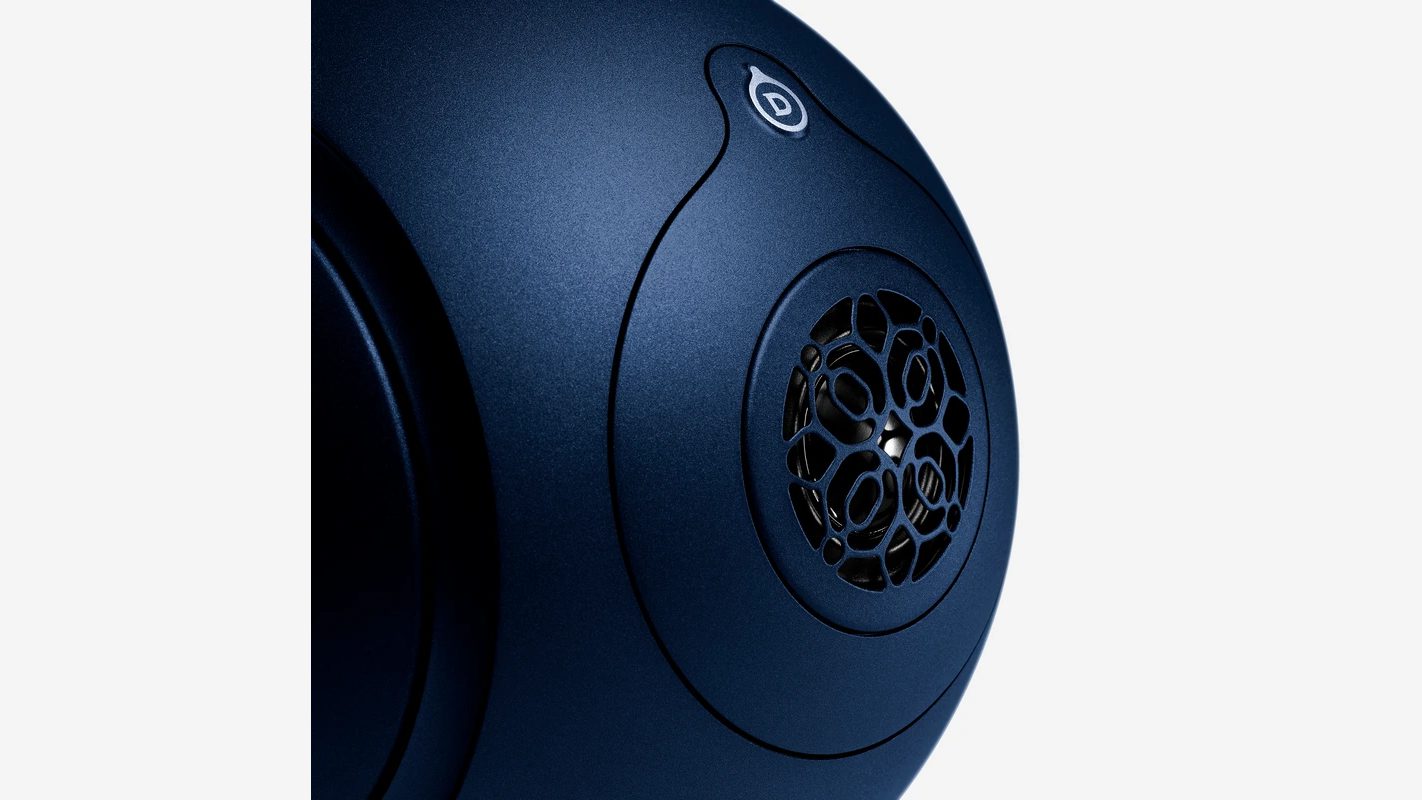
The Phantom II’s equalizer isn’t just a bass and treble slider – it’s a five-band sound studio that would make audio engineers nod in approval. This isn’t basic “more bass” territory; it’s precision adjustment that lets you target specific frequency ranges with surgical accuracy. Tame that overeager treble by precisely reducing the 8-10kHz range without dulling the detail in surrounding frequencies.
The system stores three custom presets, perfect for different content types or moods. Movie night benefits from a +2dB boost at 3kHz for crystal-clear dialogue, while jazz recordings often sound more natural with a slight cut in the 200-300Hz range to control stand-up bass resonance. It’s like having three different speakers in one sleek package.
While these adjustments effectively compensate for room quirks and recording quality variations, they can’t fundamentally transform the speaker’s character – much like how the best Instagram filters enhance your photo but can’t turn your living room into the Amalfi Coast.
8. The Future of Audio Innovation

Tomorrow’s speakers will make today’s models sound like tin cans on string. Machine learning now analyzes your room’s acoustic signature in 30 seconds, creating tailored sound profiles that adapt to your space. New carbon nanotube diaphragms reduce mass while increasing rigidity, allowing drivers to start and stop with the precision of a Swiss watch.
Wireless audio now transmits high-resolution content with latency under 10ms – so quick that not even the most dedicated audiophile could detect the difference from a wired connection. Personalization has evolved beyond simple EQ to include hearing profiles that compensate for individual ear sensitivity, like having prescription glasses for your ears.
Cross-platform integration means your sound preferences follow you seamlessly from home to car to pocket, creating a continuous soundtrack to your life. The future isn’t just about better sound – it’s about sound that understands you.
7. Yamaha HS5: The Studio Standard

The Yamaha HS5 monitor reveals speaker tech stripped down to its essential purpose: ruthless accuracy. With its distinctive white woofer and black cabinet, it’s the audio equivalent of a professional chef’s knife – no unnecessary frills, just precise performance. Its 1-inch dome tweeter handles frequencies above 2kHz while the 5-inch woofer manages everything else, each powered by dedicated amplifiers (45 watts and 25 watts) for optimal control.
The rear port extends bass response down to 54Hz, about 12Hz lower than similarly sized sealed designs – like getting an extra half-octave for free. Unlike consumer speakers that sweeten sound with artificial bass or treble boosts, the HS5 presents audio with the unfiltered honesty of a five-year-old telling you about your new haircut.
This flat frequency response isn’t about sounding “good” in the traditional sense; it’s about revealing the truth of a recording, warts and all. Understanding these design choices helps explain why studio monitors and consumer speakers sound so different despite similar technical specifications – they’re solving completely different problems.
6. The Enigmatic Appeal of Bass

Deep bass isn’t just heard – it’s felt. When a speaker nails those low frequencies, it creates a physical experience that bypasses your ears and heads straight for your chest. There’s something primal about it, like the difference between seeing a thunderstorm and standing in one. Cabinet size plays a major role in this experience – each time you cut cabinet volume in half, you typically lose about 12Hz of low-end extension.
Engineering tricks can bend these rules in fascinating ways. Force-canceling dual woofer designs reduce vibration, allowing smaller boxes to produce cleaner, more controlled bass. Movie theaters deploy massive 15-inch subwoofers to shake seats at 20Hz, yet innovative bandpass enclosures now achieve comparable performance from 8-inch drivers in cleverly designed cabinets.
It’s like getting the power of a muscle car from a compact engine through superior design. These advancements demonstrate how creative engineering can compensate for physical limitations – delivering bass that seems to defy the laws of physics and raising eyebrows among listeners who can’t believe that massive sound comes from such a compact source.
5. Beosound Explore vs Studio Monitors: Different Tools for Different Jobs

Two speakers of nearly identical size can sound dramatically different – like fraternal twins with completely opposite personalities. The Beosound Explore and professional studio monitors illustrate this perfectly. Despite similar dimensions, their sound signatures couldn’t be more different, reflecting their distinct purposes in the audio ecosystem.
The studio monitor delivers ruthlessly accurate sound across the frequency spectrum (typically flat within 3dB), like a documentary filmmaker showing life unfiltered. Meanwhile, the Beosound Explore boosts 60-120Hz by about 4dB, creating a perception of stronger bass that makes music more fun rather than more accurate. It’s the difference between food at a clinical nutrition lab and a restaurant that knows exactly how to make dishes pop.
Hoffman’s Iron Law explains why: the Beosound sacrifices some efficiency and absolute accuracy to maximize perceived bass from its small enclosure, while studio monitors prioritize faithful reproduction over crowd-pleasing bass enhancement. Neither approach is “better” – they’re just optimized for completely different scenarios, like hiking boots versus dress shoes.
4. Electromagnets: The Quiet Revolution in Speaker Tech

Speaker technology just got a lot smarter thanks to electromagnets that actively adjust to what you’re hearing. Traditional speakers use permanent magnets that exert the same force regardless of what’s playing – like having a car with just one gear. The electromagnetic approach provides dynamic force that changes in real time, giving drivers unprecedented control and precision.
The Brane X showcases this technology brilliantly with electromagnets that respond within microseconds, maintaining ideal driver position throughout even the most demanding bass passages. This negative spring system creates a counterforce that supports the acoustic elements with greater precision than passive designs.
The system makes adjustments 48,000 times per second – faster than you can blink – preventing distortion before it happens rather than trying to correct it afterward. It’s like having a tiny sound engineer inside your speaker, constantly fine-tuning the performance. This marriage of digital intelligence with mechanical components represents the next evolution in speaker design – creating adaptable systems that respond to content rather than applying one-size-fits-all solutions.
3. Devialet’s Engineering Philosophy: No Compromises

Devialet approaches speaker design with the meticulousness of a Swiss watchmaker. The 981 components packed inside each Phantom II include precision-machined parts with tolerances under 0.05mm – about the width of a human hair. This component density (roughly three times higher than comparable speakers) isn’t just engineering showing off; it enables exceptional performance that wouldn’t be possible with a simpler design.
The result is a wireless audio environment with a noise floor 30dB lower than conventional designs – the difference between a whisper and normal conversation. Every element serves a specific purpose, from the precisely calibrated suspension system to thermal management that prevents performance degradation during marathon listening sessions.
This approach delivers measurable benefits including harmonic distortion below 0.01% at 85dB – performance typically reserved for speakers with much higher price tags. Devialet doesn’t cut corners; they mill, polish, and perfect them with a dedication that borders on obsession – and your ears reap the benefits.
2. Phantom II at Parties: Hero or Liability?

The Phantom II at a party is like bringing a Formula 1 car to a street race – impressive, slightly excessive, and guaranteed to draw attention. Its compact 10-pound design lets you position it anywhere, while producing bass that punches well above its weight class. The futuristic orb design becomes an instant conversation piece – the speaker equivalent of showing up with an exotic pet.
The substantial investment (roughly $1,200-$1,500) makes it potentially risky in environments where spilled drinks and accidental bumps are inevitable. Sound-wise, it excels with party favorites, delivering clear vocals and impactful bass that maintain clarity even when competing with crowd noise. The Phantom II is one of the best wireless speakers for medium-sized rooms where its dispersion characteristics create even coverage without overwhelming the space.
It’s the audio equivalent of that friend who’s a bit too qualified for the job – the one with three PhDs working at a startup – impressive, slightly intimidating, but ultimately exactly what you want when things get challenging.
1. Software: The Phantom II’s Achilles’ Heel

Even the most brilliant hardware needs software that doesn’t trip over its own feet. The Phantom II offers impressive digital features including customizable EQ, precise channel balancing, and multi-room synchronization – when everything works smoothly. Unfortunately, about one in five users report connectivity hiccups following major firmware updates, particularly with stereo-paired units that suddenly develop electronic amnesia.
Wireless streaming occasionally drops connection during sessions – not common enough to be a dealbreaker but just frequent enough to remind you that perfection remains elusive. Updates roll out quarterly, each requiring about 10 minutes to install – a small inconvenience that occasionally delivers big headaches.
Improving stability would require more rigorous testing across diverse network environments before releases push to users. The lesson? Even speakers approaching audio perfection can be undermined by software quirks – a reminder that in today’s connected world, code quality can matter just as much as component quality. For Devialet, addressing these issues promptly would transform an excellent product into a truly exceptional one.


